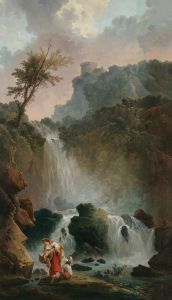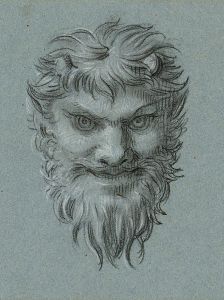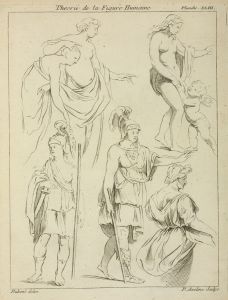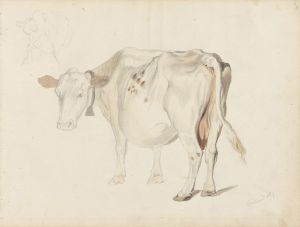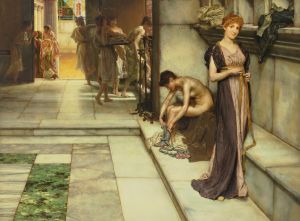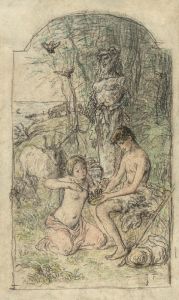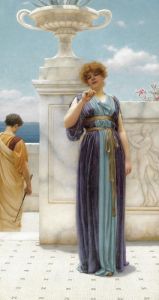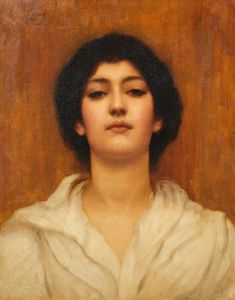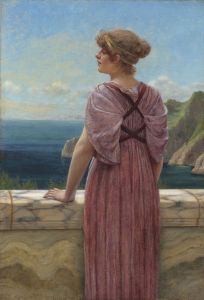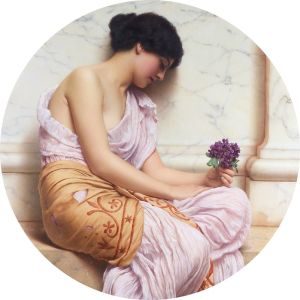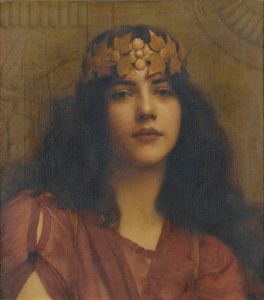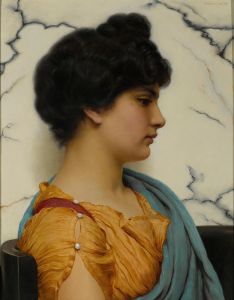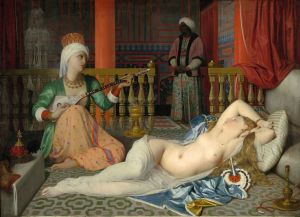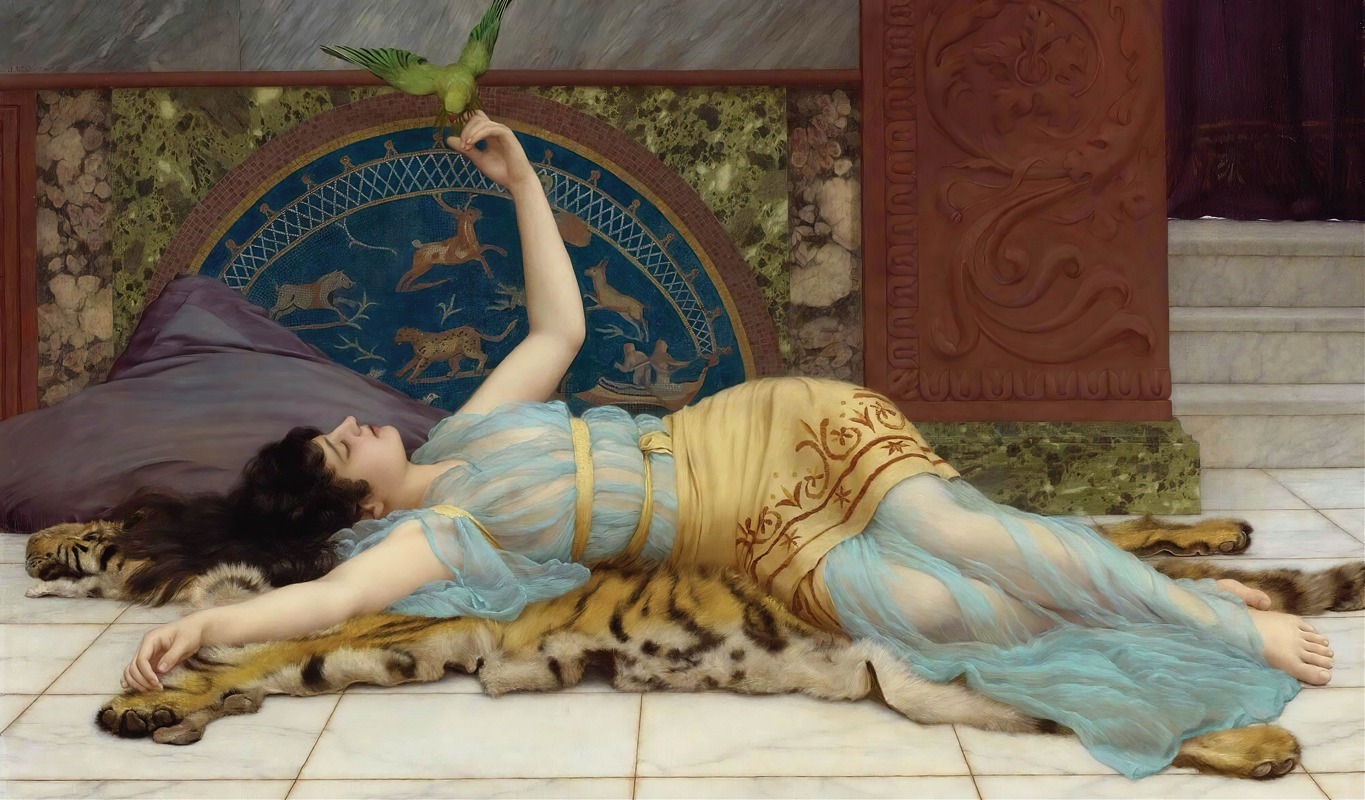
Dolce Far Niente
A hand-painted replica of John William Godward’s masterpiece Dolce Far Niente, meticulously crafted by professional artists to capture the true essence of the original. Each piece is created with museum-quality canvas and rare mineral pigments, carefully painted by experienced artists with delicate brushstrokes and rich, layered colors to perfectly recreate the texture of the original artwork. Unlike machine-printed reproductions, this hand-painted version brings the painting to life, infused with the artist’s emotions and skill in every stroke. Whether for personal collection or home decoration, it instantly elevates the artistic atmosphere of any space.
"Dolce Far Niente" is a painting by the British artist John William Godward, created in 1904. Godward was known for his classical style, often depicting women in ancient Roman or Greek settings, and "Dolce Far Niente" is a quintessential example of his work. The title of the painting translates from Italian to "sweet doing nothing," a phrase that captures the essence of leisurely relaxation and the enjoyment of idleness.
The painting features a young woman reclining on a marble bench, surrounded by lush greenery and classical architecture. She is dressed in a flowing, diaphanous gown that drapes elegantly around her form, typical of Godward's attention to detail and his fascination with classical antiquity. The woman's serene expression and relaxed posture embody the concept of "dolce far niente," suggesting a moment of peaceful contemplation and escape from the demands of daily life.
Godward's technique is meticulous, characterized by smooth brushwork and a keen eye for detail. He was a master of rendering textures, as seen in the delicate folds of the woman's gown and the polished surface of the marble bench. The artist's use of color is also noteworthy; he employs a soft, harmonious palette that enhances the tranquil mood of the scene. The interplay of light and shadow adds depth to the composition, creating a sense of three-dimensionality that draws the viewer into the idyllic setting.
The background of "Dolce Far Niente" is equally important in establishing the painting's atmosphere. The lush greenery and classical architectural elements serve as a backdrop that reinforces the timeless quality of the scene. Godward often incorporated such elements into his work, reflecting his admiration for the classical world and his desire to transport viewers to a realm of beauty and serenity.
John William Godward was part of the late Victorian Neoclassical movement, which sought to revive the ideals of classical art. His work is often compared to that of Sir Lawrence Alma-Tadema and Frederic Leighton, both of whom were influential figures in the same artistic circle. However, Godward's career was somewhat overshadowed by the rise of modernist movements in the early 20th century, which favored abstraction and experimentation over classical realism.
Despite this, Godward's paintings have experienced a resurgence of interest in recent years, appreciated for their technical skill and the escapist quality they offer. "Dolce Far Niente" exemplifies the artist's ability to capture a moment of quiet beauty and introspection, inviting viewers to pause and appreciate the simple pleasures of life.
The painting is part of a private collection, and like many of Godward's works, it continues to be celebrated for its exquisite detail and timeless appeal. "Dolce Far Niente" remains a testament to Godward's dedication to the classical tradition and his ability to evoke a sense of peace and contentment through his art.





